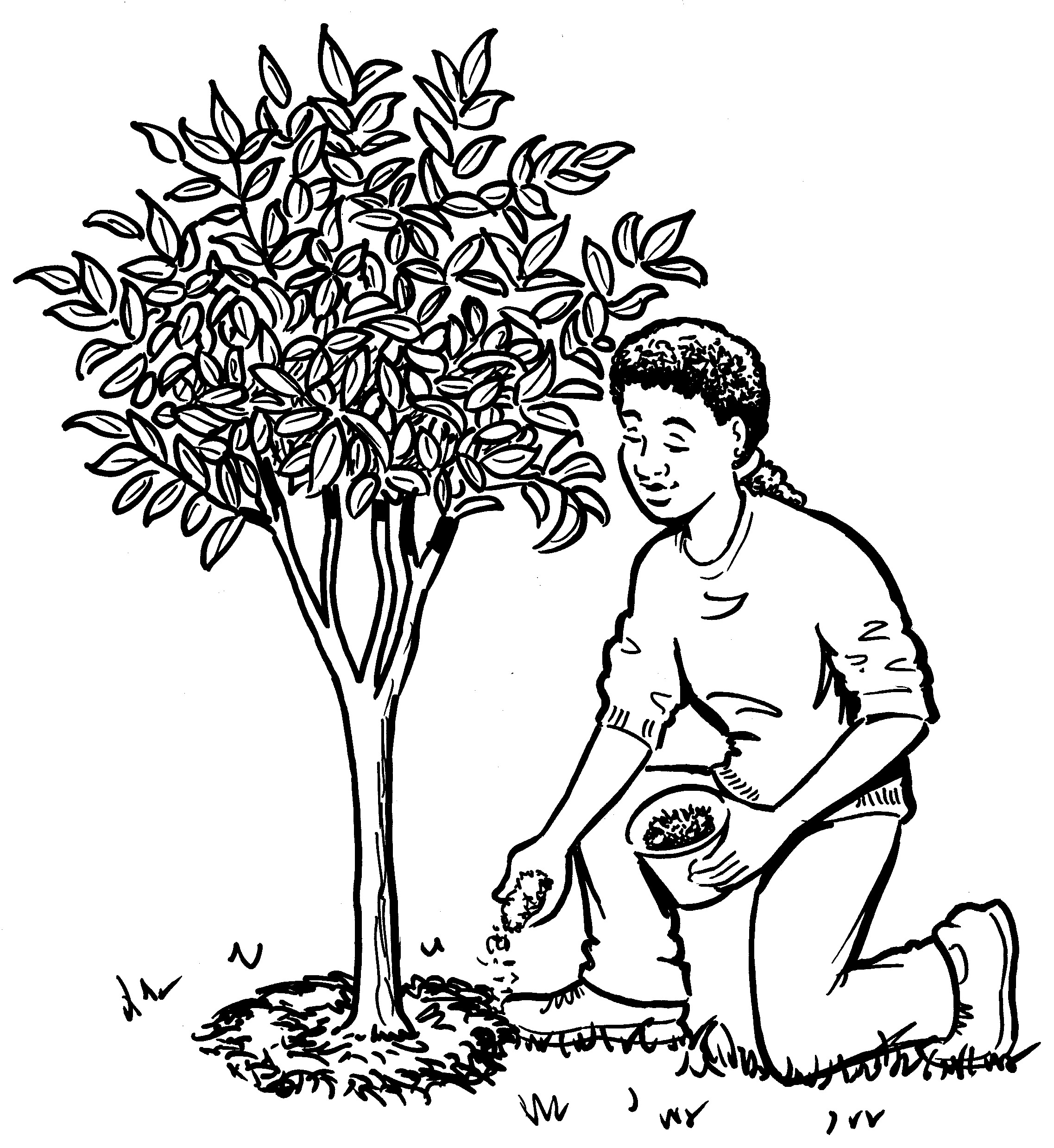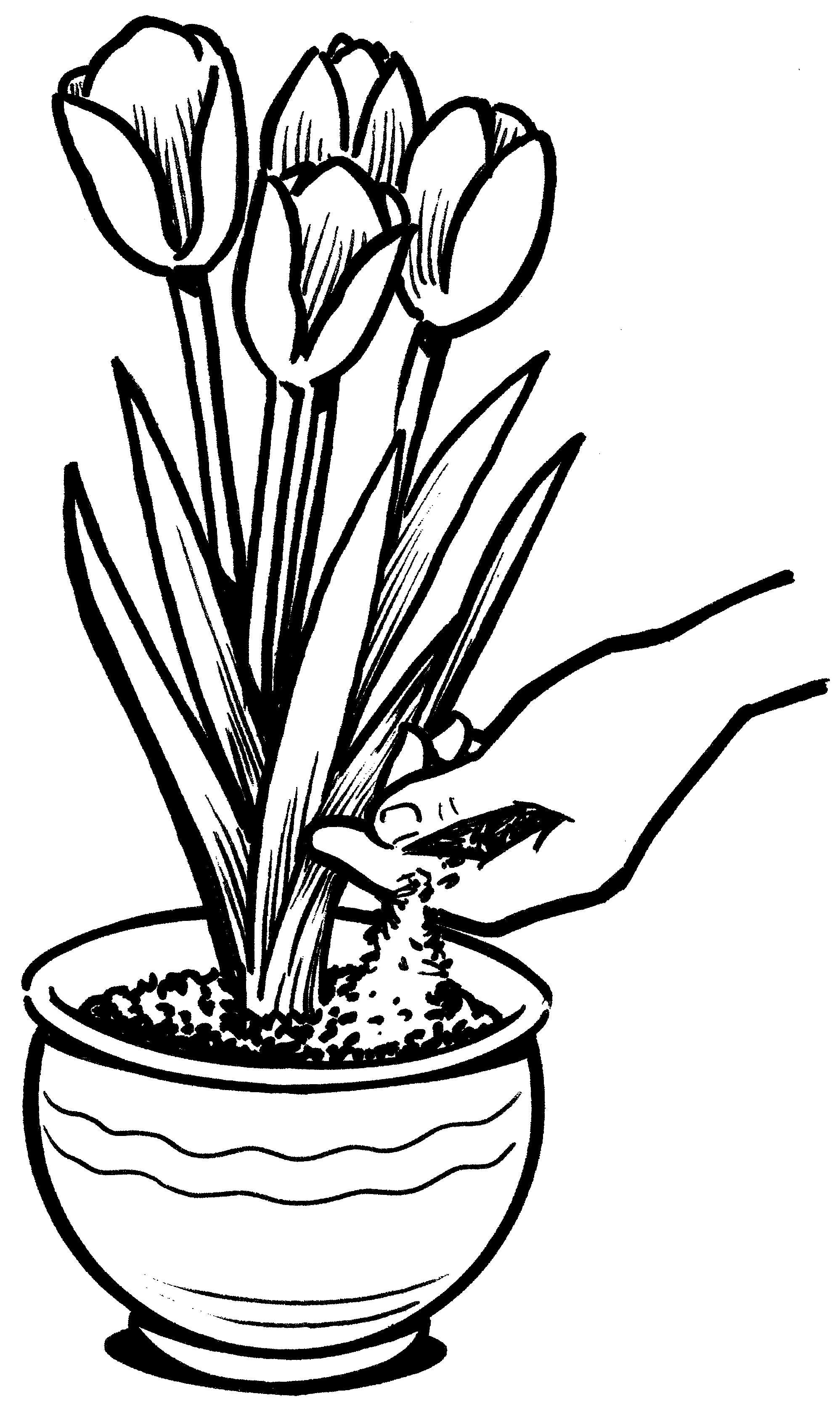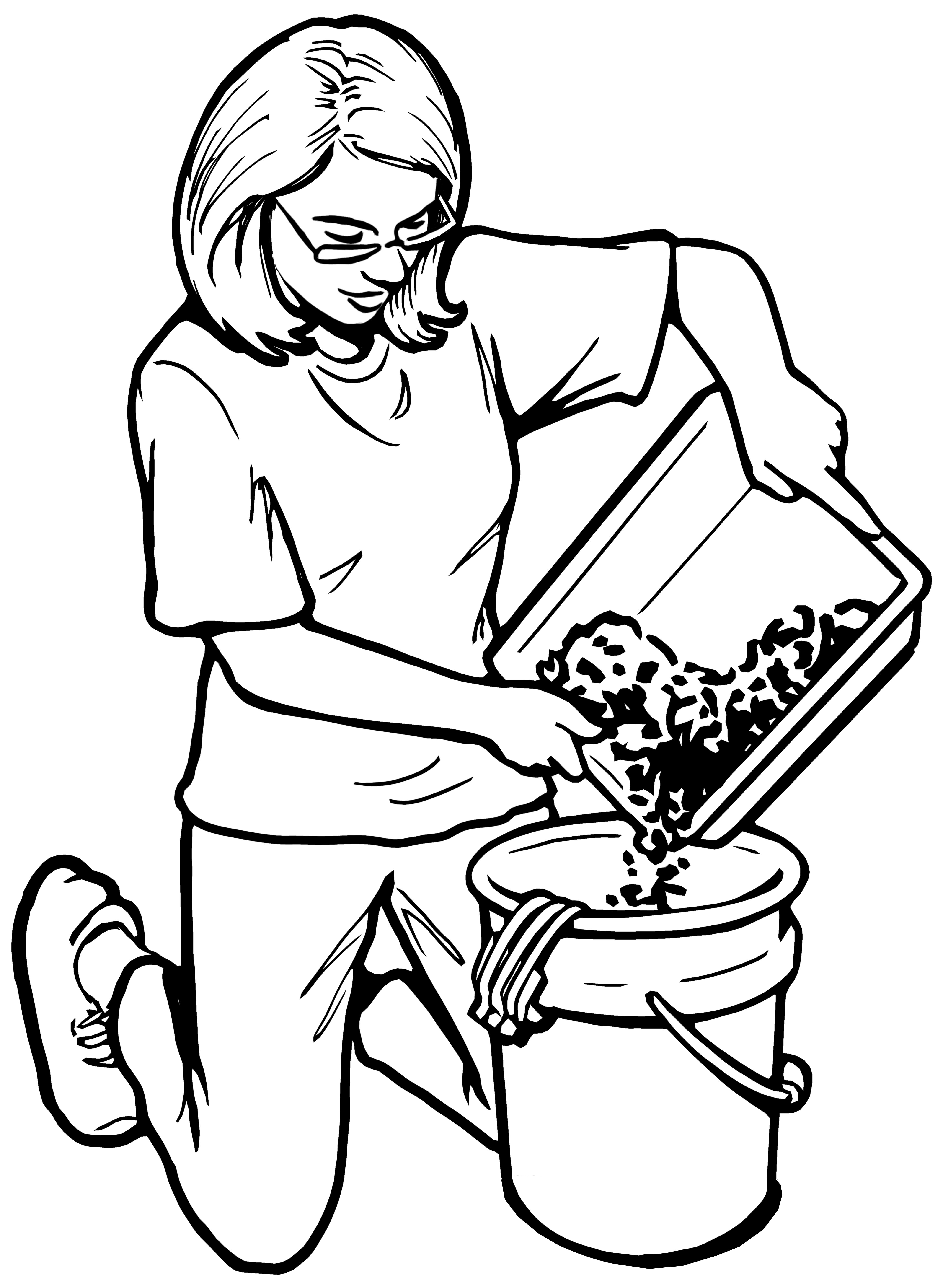Using Compost in the Garden
 Compost boosts fertility, enhances soil structure, and improves nutrient and water retention. It also encourages microbial activity, which not only leads to vigorous and healthy plants but also helps reverse climate change by increasing the amount of carbon your garden can store. Are you looking to buy compost? Find vendors who provide bulk compost on our Lawn to Garden website.
Compost boosts fertility, enhances soil structure, and improves nutrient and water retention. It also encourages microbial activity, which not only leads to vigorous and healthy plants but also helps reverse climate change by increasing the amount of carbon your garden can store. Are you looking to buy compost? Find vendors who provide bulk compost on our Lawn to Garden website.
Here are some of the best ways to use compost:
1. Soil Amendment
For establishing new edible garden beds, work a 4” to 8” layer of compost into the soil. After this initial heavy application, switch to topdressing as needed to keep your soil healthy.
2. Topdressing
Spread a 1/2” to 2” layer of compost on top of the soil at least once a year. For turfgrass, spread a 1/2” layer of sifted, weed-seed-free compost as a topdressing. For worm compost, sprinkle a 1/4” to 1” layer at the base of plants. Topdressing can be done any time of year to improve soil fertility and reduce watering needs.
3. Potting Mix
Sifted compost can be used to make a rich, loose potting soil for containers, houseplants or starting seedlings from scratch. Compost or worm compost potting mix increases moisture storage and provides a variety of nutrients not typically supplied in commercial fertilizers or soil-free potting mixes. NOTE: Do not use pure compost as a planting medium; it should always be mixed with other materials, and blend no more than 20% worm compost into potting mix or garden soil.
 Recipe for starting seedlings:
Recipe for starting seedlings:
- Sift compost through a 1/2 inch or smaller mesh.
- Mix 1 part sifted backyard compost, and 3 parts potting soil.
- Use compost tea (see below) when true leaves emerge.
Recipe for containers and house plants:
- Sift compost through 1/2 inch mesh screen or remove large particles by hand.
- Mix equal parts loamy soil, sand and compost. Add 1/2 cup of bloodmeal or cottonseed meal.
- Add 1 cup of rock phosphate and 1/2 cup of kelp meal for additional nutrients.
4. Diluted Worm Compost
Add water to worm castings at a 10:1 ratio and pour onto the root zone of plants and trees.
 5. Compost Tea
5. Compost Tea
Compost tea is rich with microbes and is excellent for stimulating plant growth and preventing disease. It can also be used as a soil drench, as a foliar spray or to soak seeds to increase their germination rate.
Fill a five-gallon bucket 1/3 full with finished compost (either worm or backyard).
Fill the remainder of the bucket with water (ideally non-chlorinated water). Let it brew for a few days, stirring every day to add oxygen, or use an aquarium bubbler for 24 hours. Filter off the liquid tea and dilute the mixture to a light amber color if it is very dark.
NOTE: the liquid that comes from your worm bin or backyard pile is not compost tea, but a leachate that can be harmful to your plants.
How to Side and Top Dress Garden Beds with Compost
Side and top dressing with compost builds healthy soil, fertilizes plants, and is really easy to do.